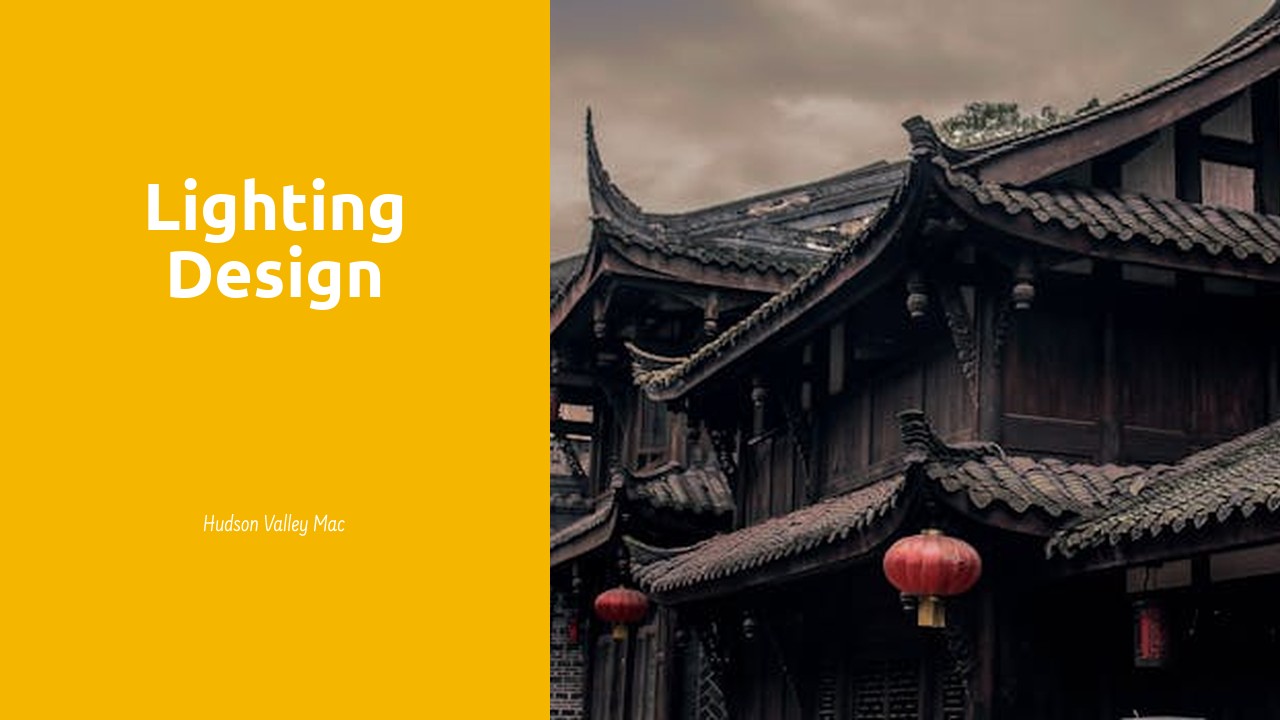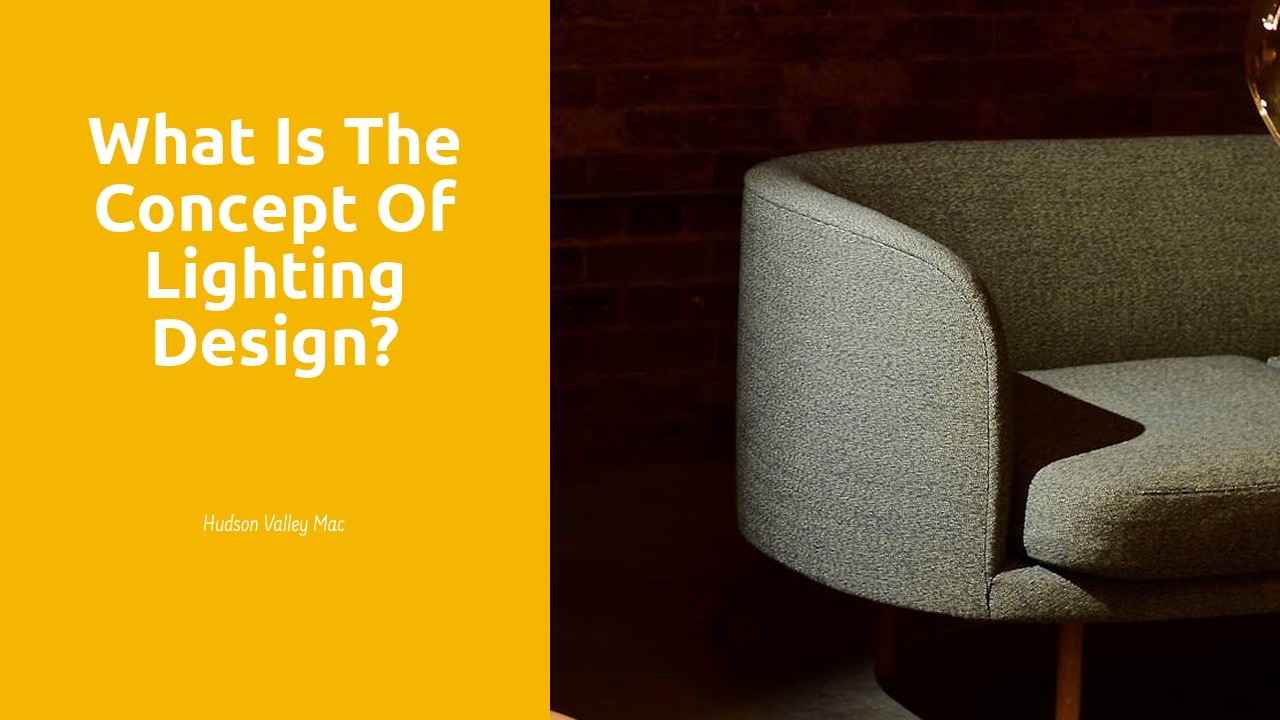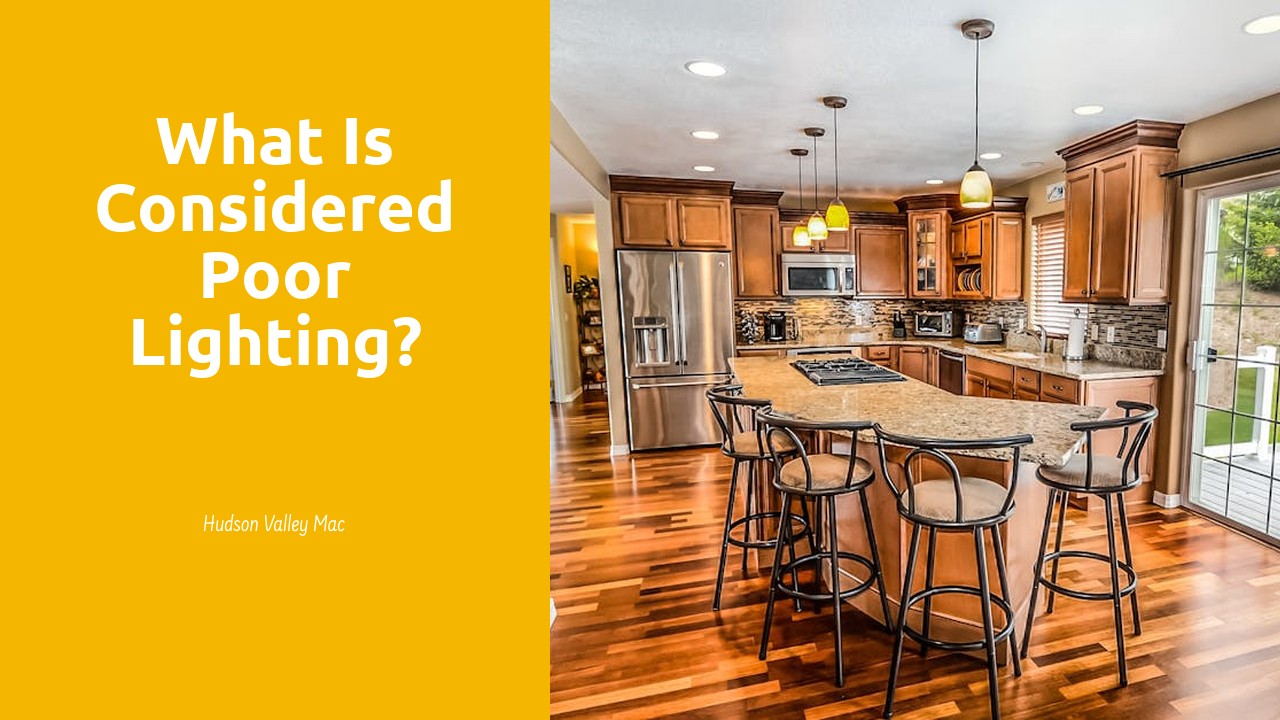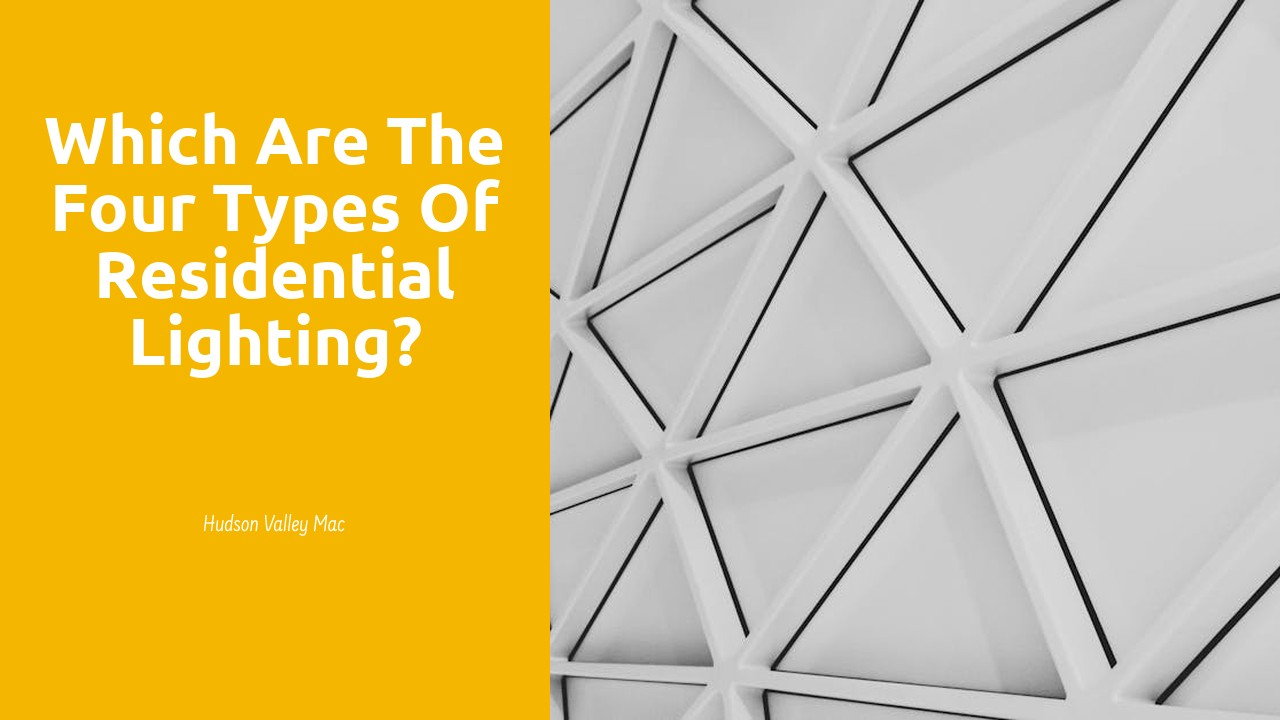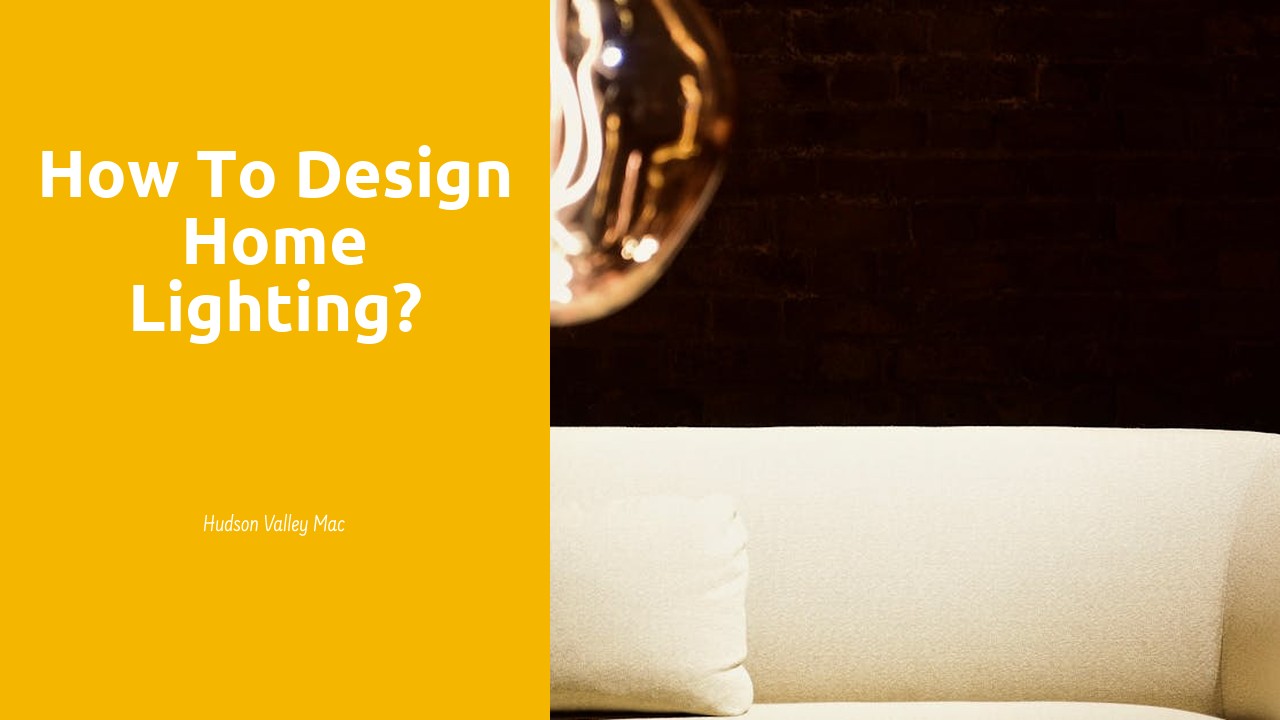
Table Of Contents
Environmental Factors
Environmental factors play a pivotal role in the work of lighting designers in today's modern world. When considering the impact of lighting on the environment, professionals at Lighting Design St Thomas must take into account various aspects. This includes the energy efficiency of lighting fixtures, the use of renewable energy sources, and the overall carbon footprint associated with the design and implementation of lighting systems.
Moreover, in the face of climate change and the push towards sustainability, lighting designers in Lighting Design St Thomas are increasingly adopting eco-friendly practices. This includes incorporating natural lighting elements into designs, choosing materials that are environmentally friendly, and ensuring that lighting systems are as energy-efficient as possible. By being mindful of these environmental factors, lighting designers can create spaces that are not only aesthetically pleasing but also sustainable for future generations.
Addressing Natural Lighting Considerations
Addressing natural lighting considerations is a crucial aspect of Lighting Design Haldimand County. It involves harnessing the natural light available in a space to enhance the overall lighting scheme while minimizing energy consumption. Designers must carefully evaluate factors such as the orientation of the building, the placement of windows, and the impact of surrounding structures to optimize natural light levels throughout the day. By strategically incorporating natural light into the design, designers can create spaces that are not only well-lit and visually appealing but also promote occupant well-being and reduce the reliance on artificial lighting sources.
Natural lighting considerations also play a key role in sustainability efforts within Lighting Design Haldimand County. By maximizing the use of natural light, designers can help reduce energy consumption and operating costs associated with artificial lighting. Additionally, a well-balanced integration of natural light can contribute to a healthier indoor environment by reducing glare, improving colour rendition, and connecting occupants with the outdoor surroundings. Ultimately, addressing natural lighting considerations is essential in creating spaces that are both visually pleasing and environmentally conscious, reflecting the growing importance of sustainability in modern lighting design practices.
Maintenance and Longevity
Maintenance and longevity are crucial aspects that lighting designers need to consider when planning lighting systems for various spaces. The upkeep of lighting fixtures is essential to ensure optimal performance and energy efficiency. Lighting designers in Newton Robinson must carefully select high-quality materials and fixtures that require minimal maintenance to extend their longevity and reduce long-term costs.
Aside from regular maintenance, durability is another key factor to consider in lighting design Newton Robinson. Designers should opt for fixtures that can withstand environmental factors, such as humidity, temperature changes, and dust, to ensure longevity and functionality. By prioritizing durability and easy upkeep in lighting design, designers can create sustainable lighting solutions that enhance both the aesthetic appeal and functionality of the space.
Ensuring Durability and Easy Upkeep
When considering the longevity and maintenance of lighting systems, durability plays a vital role in the design process. Lighting designers in Cornwall must ensure that the materials selected can withstand the demands of the environment they will be placed in. This includes factors such as temperature fluctuations, humidity levels, and exposure to potential hazards like dust or moisture. By prioritizing durability, designers can create lighting solutions that not only look aesthetically pleasing but also have the resilience to last over time with minimal upkeep required.
In addition to durability, easy upkeep is essential for efficient maintenance of lighting systems in Cornwall. Designers must take into account factors like accessibility for replacing bulbs or cleaning fixtures, as well as the ease of troubleshooting and making repairs when needed. By designing lighting systems with easy upkeep in mind, designers can help minimize downtime and maintenance costs, ensuring that the lighting solutions continue to function effectively for the long term in diverse environments throughout Cornwall.
Regulatory Compliance
Regulatory compliance is a crucial aspect that lighting designers like those at Lighting Design Cornwall must navigate successfully in their projects. Adhering to various building codes and standards is essential to ensure the safety and functionality of the lighting design. Designers need to stay updated on the latest regulations to guarantee that their work meets all legal requirements and does not pose any hazards to the users of the space.
Moreover, compliance with regulatory standards also helps in streamlining the approval process for lighting projects. By carefully following the codes and standards set by authorities, lighting designers can speed up the approval process and avoid delays that could impact project timelines and budgets. Therefore, staying informed and ensuring strict adherence to regulatory guidelines is a fundamental part of the work of Lighting Design Cornwall and other professionals in the field.
Adhering to Building Codes and Standards
Adhering to building codes and standards is a crucial aspect of the lighting design process for professionals in the field, including those in Lighting Design St. Thomas. These codes and standards are put in place to ensure the safety and functionality of the lighting systems in various buildings and spaces. Compliance with these regulations helps designers mitigate potential hazards and create lighting solutions that align with industry best practices, ultimately contributing to the overall well-being of the occupants.
Additionally, staying up-to-date with the ever-evolving building codes and standards can be challenging for lighting designers, especially in a rapidly changing industry. Designers in Lighting Design St. Thomas must continuously educate themselves on new regulations and technologies to deliver innovative and compliant lighting designs. By embracing these changes and incorporating them into their work, designers can navigate the complexities of regulatory compliance while delivering safe and efficient lighting solutions for their clients.
FAQS
What are some of the environmental factors that lighting designers need to consider?
Lighting designers need to consider factors such as energy efficiency, light pollution, and the impact of artificial lighting on wildlife and ecosystems.
How do lighting designers address natural lighting considerations in their designs?
Lighting designers incorporate natural light sources into their designs to reduce energy consumption, enhance the aesthetic appeal of a space, and create a more comfortable environment for occupants.
What challenges do lighting designers face in terms of maintenance and longevity of lighting systems?
Lighting designers need to ensure that lighting systems are durable, easy to maintain, and have a long lifespan to minimize the need for frequent replacements and repairs.
How do lighting designers ensure durability and easy upkeep of lighting installations?
Lighting designers select high-quality lighting fixtures, materials, and components that can withstand environmental conditions and regular use, making maintenance and upkeep more manageable.
What regulatory compliance challenges do lighting designers encounter?
Lighting designers must adhere to building codes, standards, and regulations related to lighting design, energy efficiency, and safety to ensure their designs meet legal requirements and industry standards.
